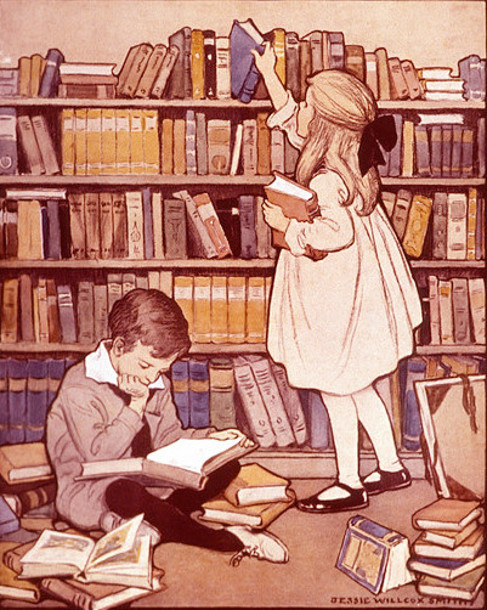 Recently a home educating parent asked if the Catholic Textbook Project had lessons plans available for the history books. While there are teacher's manual and workbooks for each book, there are no detailed lesson plans. The information in the teacher's manual could be used as lesson plans, since after each natural break within the chapters (with page numbers given) there is a section summary. Chapter overview bullet points, answers to textbook review questions, optional quizzes and tests, suggested activities and supplemental reading lists are also provided. The home education resource provider, Catholic Heritage Curricula has written lesson plans (which includes a suggested schedule and hands-on activities) for using Sea to Shining Sea in their comprehensive lesson plans for fifth grade.
Recently a home educating parent asked if the Catholic Textbook Project had lessons plans available for the history books. While there are teacher's manual and workbooks for each book, there are no detailed lesson plans. The information in the teacher's manual could be used as lesson plans, since after each natural break within the chapters (with page numbers given) there is a section summary. Chapter overview bullet points, answers to textbook review questions, optional quizzes and tests, suggested activities and supplemental reading lists are also provided. The home education resource provider, Catholic Heritage Curricula has written lesson plans (which includes a suggested schedule and hands-on activities) for using Sea to Shining Sea in their comprehensive lesson plans for fifth grade.However, CTP suggests that our history books not be read with the typical textbook schema in mind. The books were purposely written in an engaging journalistic style to bring history to life, much like good literature is written. And while they are printed in full-color with photos, illustrations and maps, they are not as "busy" as the typical textbook and are more conducive to concentrated, smooth reading. We've seen and heard of many children (and some adults) who pick up one of our history books and begin reading it and keep reading as if they were reading an entertaining novel. Information - or rather, the good story of history - is much more likely to be retained this way. So our preferred lesson plan suggestion is that children read our books at a leisurely pace so that they can more fully enjoy them. This is more easily done in a home educating situation than in a brick and mortar school.
Our first General Editor, Dr. Rollin Lasseter, wrote: "The element of storytelling on which the study of history depends has been ignored in favor of a spurious neutrality of factual narrative, deadly to read and deadlier to the imagination. New textbooks will be called for, and old textbooks and storybooks reclaimed, that draw students into history with the same power of imagination that the secular world uses to draw them away from their past and their Church." You can read his whole essay, Reclaiming the Catholic Historical Imagination here
No comments:
Post a Comment